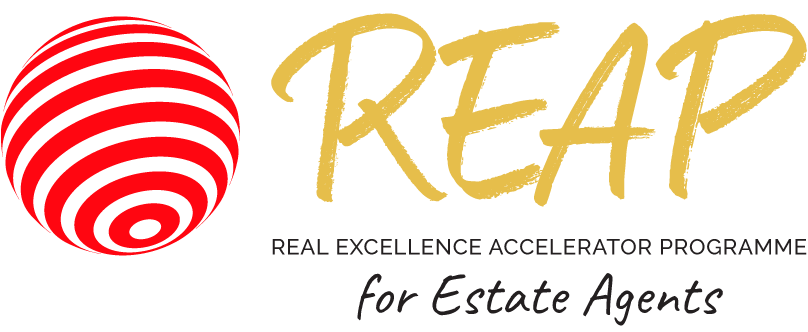
Property Description Generator
Save time and sell more with AI generated real estate listing descriptions.
A cutting-edge tool designed to revolutionize property descriptions for real estate agents, this innovative tool leverages advanced natural language processing (NLP) algorithms to craft compelling and persuasive narratives for property listings. By analyzing key features, amenities, and market trends, this tool generates unique and captivating descriptions that captivate potential buyers.
Try for free


Do you want to get access to more tools like this while learning how to double your sales?
Have you ever looked at a property listing and immediately wanted to see the place in person? Well, that’s the power of a perfectly written description.
It’s not just about giving facts; it’s about painting a picture so vivid that potential buyers feel like they’re already home.
Let’s dive into how to craft that captivating opening statement, list detailed features in a way that stands out, describe the local community to set the scene, use language that connects with people, and sprinkle in some SEO magic to make sure folks find your listing online.
Whether you’re a seasoned real estate agent or just starting out, these tips will help you write property descriptions that attract more buyers and get those houses sold.
Captivating Opening Statement
The first few lines of your property description are like the welcoming mat at a house showing. They should invite potential buyers in and make them want to see more.
To do this, start with the most enticing feature of the property. Maybe it’s a breathtaking view, a cozy fireplace, or a recently renovated kitchen. Whatever it is, make sure it shines right from the get-go.
Use vivid words that create an image in the mind’s eye, like “nestled” if it’s a comfy cottage or “sweeping” for those big, beautiful views. Remember, you’re not just selling a house; you’re selling the dream of a home.
So, make that opening sentence count.
Detailed Property Features
When listing out the details of the property, it’s important to be both thorough and specific.
Think about what sets this property apart from others. Mention the types of rooms, the materials used in the home’s construction, or any recent upgrades.
However, it’s just as important to be honest. If there’s a quirk or two, don’t hide them.
Sometimes, what you think is a flaw could actually charm the right buyer. For example, if the house has a small backyard, describe it as a “low-maintenance, intimate outdoor space perfect for cozy gatherings.”
This way, you turn what might seem like a drawback into a feature that could appeal to someone who’s not looking for a large yard to upkeep. Accuracy builds trust, and trust sells homes.
Describing the Location and Community
The area surrounding the home can be just as crucial as the home itself. In your description, paint a picture of the community.
Is it a peaceful suburban neighborhood with tree-lined streets, or is it a lively urban district steps away from vibrant nightlife? Mentioning local schools, parks, and shopping centers can help potential buyers envision their life in this new place.
Don’t forget about transport options either—being close to public transit or major highways can be a huge plus. The goal is to show not just where the home is, but how life feels in that community.
This part of the description caters to the lifestyle buyers are looking for, which can be a major deciding factor in their home search.
Using Strong and Engaging Language
The words you choose can make a huge difference.
They’re the tools you use to build excitement and an emotional connection. Instead of saying a home is “nice,” say it’s “enchanting,” “inviting,” or “captivating.”
These powerful adjectives create a stronger image in the buyer’s mind.
But be careful not to overdo it. If you pile on too many flowery adjectives, or if you use the same tired phrases everyone else uses, such as “one-of-a-kind” or “state-of-the-art,” it can turn people off.
They’ve heard it all before. Instead, focus on being descriptive and genuine. If a room has lots of natural light, say the morning sunshine floods in to energize the start of your day.
It’s fresh, it’s vivid, and it helps the buyer imagine their own experience. That’s what sells.
Conclusion
writing an irresistible property listing is all about drawing the reader in with a captivating opening, providing detailed information that’s accurate and honest, painting a picture of the local community, using language that engages the emotions.
If you can do all of these things well, you’ll not only attract potential buyers’ attention but also help them see themselves living in the property.
Selling a home isn’t just about the physical space; it’s about selling the idea of a lifestyle.
By following these tips, you’re giving buyers a glimpse into what their life could be like in their new home, and that’s a very powerful thing in the world of real estate.
Frequently Asked Questions
-
How long should a property description be? The length of a property description can vary, but it’s usually best to keep it between 250 and 500 words. This gives you enough space to include all the important details, yet it’s short enough to keep the reader’s attention. Remember, clarity and quality trump length—every word should serve a purpose.
-
How can I make my property description stand out? To make your property description stand out, focus on what makes your listing unique. Use vivid language to tell a story and create an emotional connection. Don’t just say “beautiful garden;” describe how the sun filters through the leaves, creating a tranquil retreat. These kinds of details can make your listing memorable.
-
Should I include any technical details in the property description? Yes, you should include technical details like the size of the home, the number of bedrooms and bathrooms, and any recent renovations or upgrades. However, weave them into the narrative in a way that’s easy to read and understand.
-
Can I use humor in my property description? Humor can be a great tool if used wisely and appropriately. If it fits with the character of the home or the lifestyle it offers, a touch of humor can make your description more relatable and memorable. Just be careful not to go overboard – the focus should always be on the property and its features.

Do you want to get access to more tools like this while learning how to double your sales?
